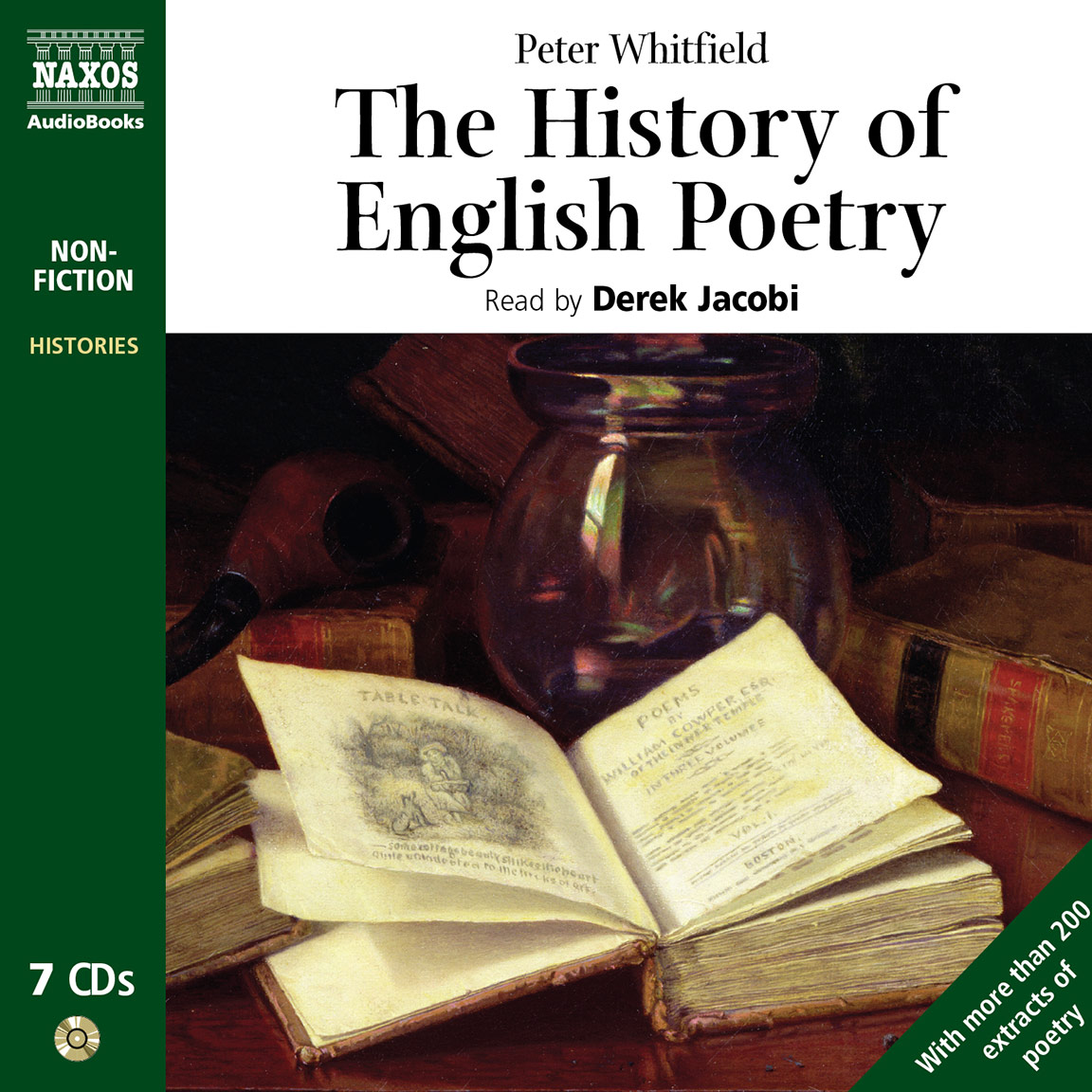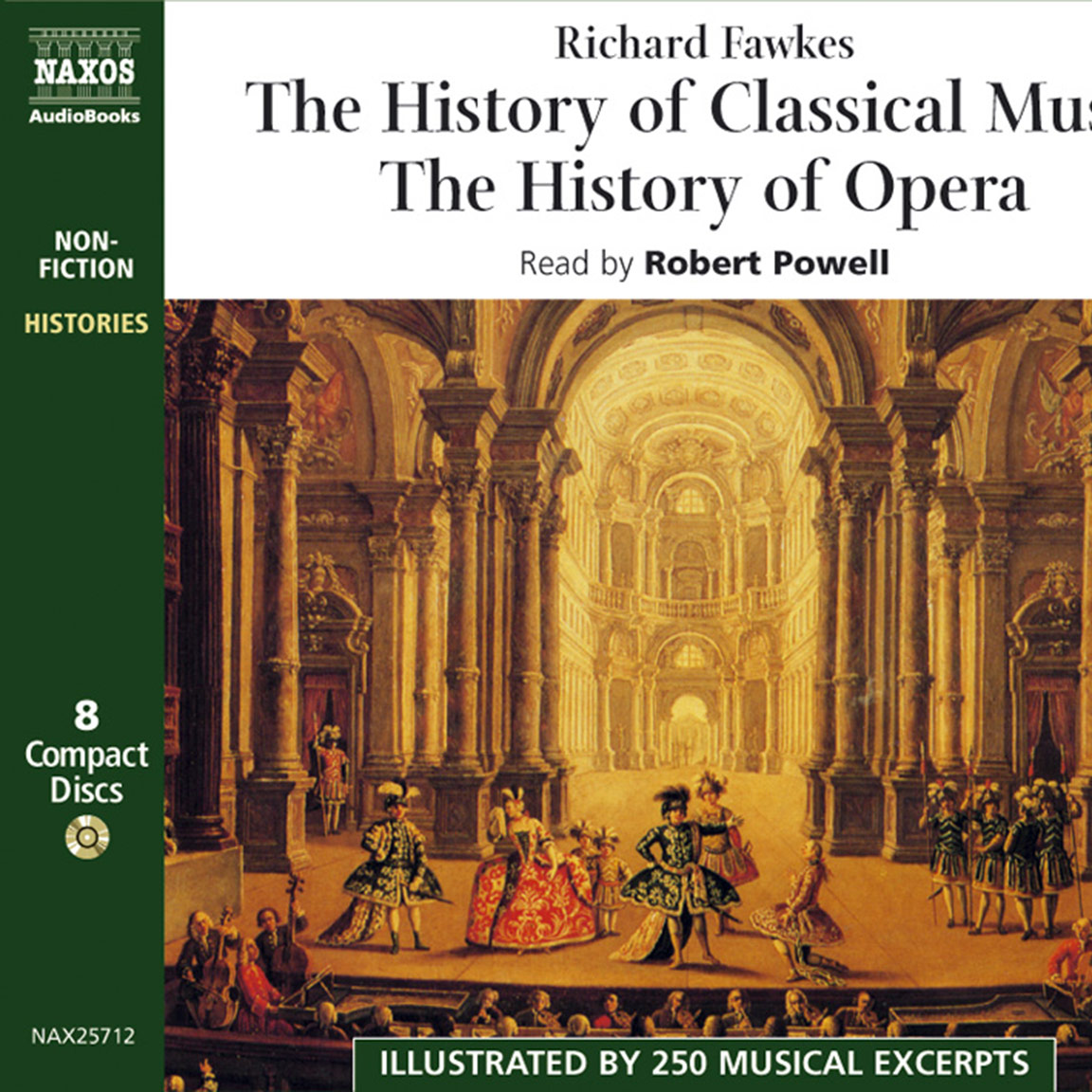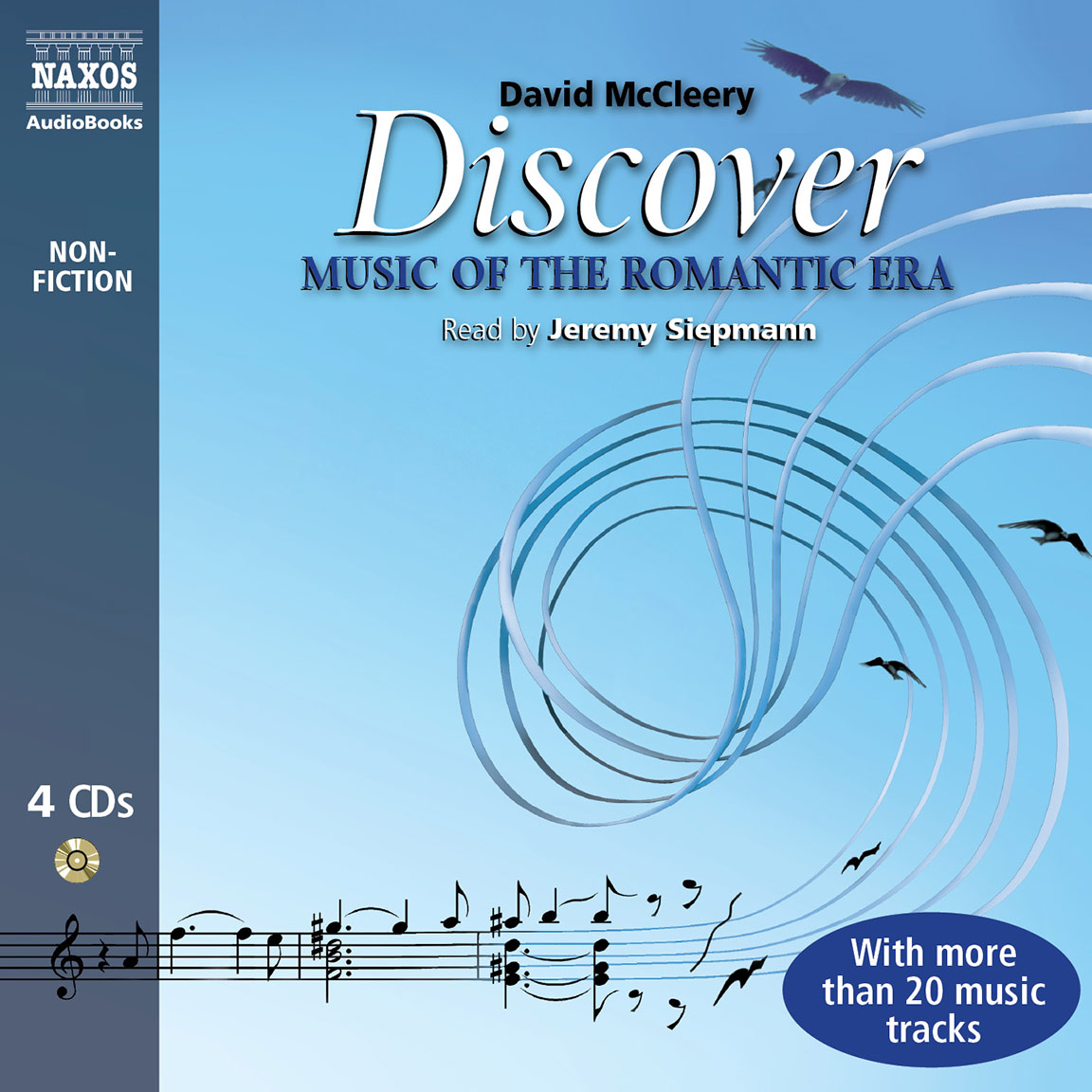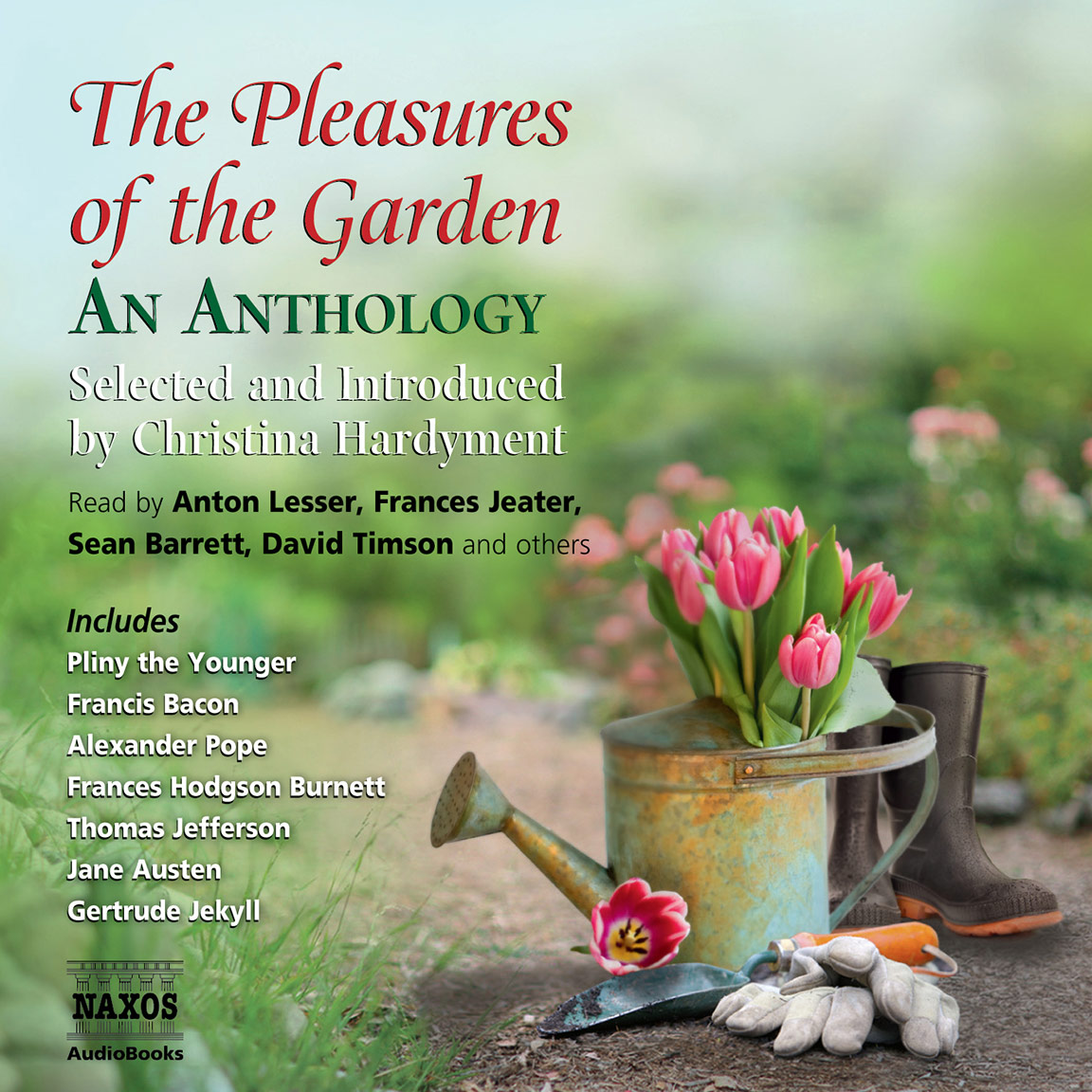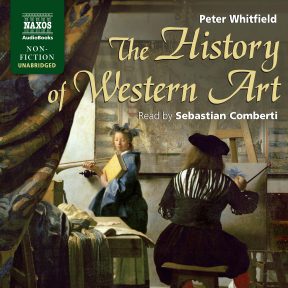
Audio Sample
Peter Whitfield
The History of Western Art
Read by Sebastian Comberti
unabridged
What is art? Why do we value images of saints, kings, goddesses, battles, landscapes or cities from eras of history utterly remote from ourselves? This history of art shows how painters, sculptors and architects have expressed the belief systems of their age: religious, political and aesthetic. From the ancient civilisations of Egypt, Mesopotamia and Greece, to the revolutionary years of the nineteenth and twentieth centuries, the artist has acted as a mirror to the ideals and conflicts of the human mind. He has always started with reality, but has selected and reshaped that reality to create a parallel world; a world of the imagination.
-
Running Time: 5 h 14 m
More product details
Digital ISBN: 978-1-84379-507-0 Cat. no.: NA0055 Download size: 76 MB BISAC: ART015000 Released: November 2011 -
Listen to this title at Audible.com↗Listen to this title at the Naxos Spoken Word Library↗
Due to copyright, this title is not currently available in your region.
You May Also Enjoy
Reviews
Five hours to cover 19,000 years of art doesn’t allow for much slack but compression, an art in itself, is Whitfield’s forte. His contributions to Naxos’s single-CD In a Nutshell series include the Renaissance and Darwin, and his history of 600 years of English poetry from Chaucer to Sylvia Plath is as much a miracle of economy as of erudition. Whitfield inspires. His enthusiasm makes you want to reappraise statues you’ve already seen but, until he reminded you, had forgotten how wonderful they are. Statues such as Donatello’s life-size bronze David in Florence, hand on hip, one knee flexed, wearing nothing but a flowered hat and a cheeky pair of boots. It was the first free-standing figure any artist had produced for a thousand years, says Whitfield, and wham – suddenly you understand the significance, the brilliance of the renaissance. It has been a long haul from the stone age cave paintings of Lascaux circa 16,000 BC via Ninevah’s lion-hunting murals, Mesopotamian winged bulls, Persian mozaics, Egyptian sphinxes, Greek caryatids, Etruscan urns, Viking helmets, the Book of Kells and Gothic cathedrals to Raphael and Da Vinci – but compared to the narrow 500-year gulf between Michelangelo’s Pietàs, acme of Renaissance humanism, and the soiled sheets of Tracey Emin’s unmade bed shortlisted for the 1999 Turner prize, it’s a blink. What happened? Listen to Whitfield analyse the succeeding artistic schools – baroque, neo-classical, impressionist, cubist, surrealist, avant garde, op, pop and performance – and you’ll find out. Whether you’ll be any the wiser is something else. How, for instance, does the German artist Joseph Beuys (1921-86) striding around a Dusseldorf gallery in iron boots and a mask made of honey, discussing his paintings with the dead hare cradled in his arms, fit into the bigger picture? It doesn’t. Neither do pictures any more. Modern art, surrounded by a foghorn chorus of blah emanating from the media and the artists themselves, has become something that we talk about, think about, argue about and, if we can afford it, pay astronomical sums of money for, rather than actually look at. That’s not Whitfield talking, by the way, it’s reactionary me. He remains impressively neutral.
Sue Arnold, the Guardian
The History of Western Art is a broad view of art history by Renaissance man Peter Whitfield, who covers the subject from ancient times to the modern dilemma of defining what art is. An intriguing connection between past ideals & beliefs, and our current estrangement from the natural world is discussed, as modern deconstruction has led us into a box canyon of perpetual revolution without agreed upon parameters. It’s all covered in four CDs, from Greek & Roman & Christian art to Baroque, Romantic, Impressionism and Avant-Garde (and including commentary on architecture, architects, and artists), and is read by Sebastian Comberti, with classical music accompaniment.
Audiobooks Today
Peter Whitfield skilfully compresses a great sweep of culture – from the ancient world to the present – into five hours. The changes in the 20th century have been the most seismic: the age-old stability of belief has been largely swept away along with ‘high art’. Now, anything goes, with ‘ugliness as valid as beauty, and formlessness as valid as form’. Most of all, this invigorating gallop through the centuries makes you set off for the galleries.
Rachel Redford, the Oldie
Naxos have done art an immense service with the publication of this splendid audiobook which is a must purchase for any of those who are interested in western art in general. Sebastian Comberti has already lent his inimitable voice to Jan Morris’s Venice, to my mind one of the most beautifully nostalgic [titles] in the Naxos Audiobooks series focused on culture.
Here we get a totalitarian perspective of western art from the very early beginnings up to the present day, with Comberti describing the various stages of development in an extremely romantic manner. We hear about Greek art and sculpture, Roman architecture and the journey of Christian art which created the incredible plethora of artists in the Middle Ages and the Baroque. One is transfixed and sits down to listen almost spellbound with Comberti’s detailed and fastidiously created descriptions.
This is an audiobook to thrill and for those who love culture, it surely is a must have.
Gerald Fenech, Malta News Online
Author Whitfield and narrator Sebastian Comberti do an excellent job of guiding the listener on a quick tour of Western art. (Five minutes and 42 seconds on Roman Art, four minutes and 40 seconds on French Impressionism, etc.) Why would anyone produce an audio history of Western art? No pictures? The production does provide graphics that are available as a PDF, but not an audio preface. In addition, Comberti’s pronunciations are excellent, and his voice is clear and measured. For those familiar with Western art, these mini-lectures will conjure up vivid mental images and memories. For those less familiar, they can provide a narrative to accompany a do-it-yourself slide show that can be created with any decent Internet connection.
F.C., AudioFile
Booklet Notes
What is ‘art’? What images are conjured up in our minds when we hear that curt, enigmatic word, so familiar and yet so difficult to define?
The first image has to be the art gallery, cut off from the outside world, with its large, echoing, essentially empty rooms, whose sole feature is the array of grand paintings adorning the high walls; paintings from the past, from epochs and societies long vanished. In these paintings, the figures of Christ and his angels, pagan gods and goddesses, kings and queens, formal portraits, landscapes and seascapes all meet our eyes, staring back at us as a series of tableaux preserved from worlds now utterly remote from our own. The second image would probably be the artist himself: the distinctive and solitary figure in the strangely unreal surroundings of his studio, standing, brush in hand and canvas before him, wrestling with ideas, forms and colours, trying to give expression to some vision that half exists in his imagination.
What do
we regard
as true,
valuable,
noble or
beautiful?
Both of these images are valid: they give a clear reality to the word art. But how do we get from one to the other, from the man working alone with his brushes, his paints and his solitary imagination, to the great edifice which we call ‘art’, that succession of grand, stylised, mysterious images from past centuries which hang in those galleries, and which are regarded as the cultural treasures of the world? What do the Middle Ages, the Renaissance, the Baroque, the Rococo, Neo-Classicism and so on really mean to us now? Why are we so interested in these images?
This brief history of western art argues that art is an index of certain fundamental forces in our individual psychology and in our collective culture. That history reaches back some 30,000 years to the neolithic cave paintings found in France and Spain, yet throughout that expanse of time, certain themes have remained remarkably constant. The first is the encounter with the visible world with its natural living forms, human and animal. It is as though the underlying instinct of all art is the impulse to create in miniature a parallel world to this one. All the techniques of drawing, painting and modelling developed over the centuries, have been aimed at perfecting this art of imitation or illusion, this act of re-creation. Perhaps therefore, art springs from a desire to share in the creative processes of the universe, or, to put it more simply, the artist can feel himself akin to the gods.
Yet no work of art is an exact mirror of nature. All painters select and rearrange elements from the real, visible world in order to make something that did not exist before, but which now exists in the parallel world which we call art. Take Michelangelo’s Last Judgement: no part of this overwhelming work is detached from physical reality. It consists of a multitude of human figures – natural, angelic or demonic; but they have been assembled into a totality which no human eye could ever witness. So the visible world, the basis of all art, is transformed in the imagination of the artist, and that transformation is re-enacted in the mind of the spectator as he contemplates the work.
The natural elements of the physical world could be described as neutral: a picture of a hand, a tree, a stone or a bird is simply that. But the final assembled picture, which places these things in a deliberate composition, is not neutral; instead it will express something beyond itself, something invariably drawn from the belief systems of the surrounding culture. The distinctive art of ancient Egypt was centred above all on the afterlife of the soul; the art of Greece focused on the beauty of the human form as the expression of human nobility; post-classical Christian art illustrated the hierarchical universe, consisting of heaven and earth, God, angels, men and demons, and the interaction between them; Renaissance art fused Christian themes with a renewed homage to Greek ideals of beauty; 19th-century art expressed the forces of Romanticism and revolution, and so on. So here we see the third fundamental component of art: that it embodies the spirit of its age. The idea of the artist as a solitary genius at odds with his environment is only a partial truth, for he also expresses the fundamental beliefs and tensions that exist within his culture.
So we have to envisage the artist as a focal point in a three-way interplay between the individual soul, the outer physical world of nature, and the collective belief system of his society. Somehow the artist focuses and registers these forces as he transfers his vision from his mind’s eye to the canvas. The interplay of these forces is what constitutes the history of art. These same three forces are still present to us today, even though our modern environment is so completely overlaid with the products of science and technology. We too still face the question of relating our own being to the world that surrounds us: what are the controlling beliefs of our own age? What do we regard as true, valuable, noble or beautiful?
When we look at the paintings of past ages, we are looking back to a world of coherence, of shared beliefs and ideals. Looked at in this light, what shall we say about the art of the last hundred years, which was the first to turn its back on the great historical project of encountering the visible world, to create instead an art of abstraction? Was it a coincidence that the 20th century also saw the end of our age-old certainties in the fields of religion, science, philosophy and the social order? Half a century of abstractionism created the problem of image-starvation, but when the inevitable reaction set in, modern artists turned for inspiration to the world of pop culture, to the sea of imagery waiting on the streets and in the mass media. High art was dead, replaced by post-modern collage, in which ugliness and horror was as valid as beauty, formlessness as valid as form. In the 20th century, as in all previous ages, the artist registered seismic changes in human psychology and beliefs, including now perhaps the end of beliefs. This narrative traces these complex and exciting themes through several thousand years of western art, interpreting works of individual genius as products of the civilisations that gave them birth.
Notes by Peter Whitfield
